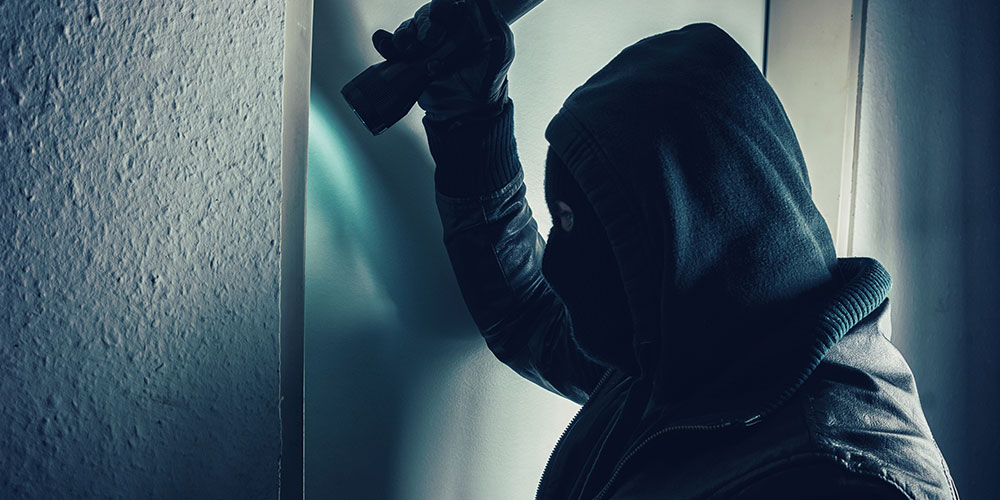For every $1 billion in sales, retailers lose $777,877 as a result of retail crime. Whether it’s employee theft, fraud or shoplifting, retail crime impacts profit margins and puts employees and consumers at risk.
To enhance security inside your store, we’ve compiled five top retail security tips from our Vector Security Business blog.
1. Implement Monitored Alarms
Time is critical during a break in. It only takes criminals a few minutes to burglarize your store. Stay connected to your store by installing monitored alarms. These devices can be installed to detect an open door, broken window or motion. Once triggered, an audible alarm sounds to ward off intruders. At the same time, an alert is sent to your mobile device as well as the monitoring center, which then dispatches the proper authorities.
2. Integrate Access Control
Access control technology allows retailers to limit who has admittance to areas of your store. By assigning employees unique codes, you’ll know when members of your staff arrive to work and what areas they access at any time. For example, if something is missing from the stock room, time logs can show which employees were in that room and when. This can help you identify the culprit.
3. Incorporate Electronic Article Surveillance (EAS)
Electronic article surveillance (EAS) is an anti-shoplifting system that involves attaching tags to clothing and merchandise. An employee must remove or deactivate the tag after purchase. If an EAS tag leaves the store without being removed, an alarm sounds and the storeowner is alerted immediately.
4. Strengthen Network Security
Today’s retail stores are much different from those of the past. Technology has transformed the way consumers pay for products and point-of-sale (POS) systems rely on an Internet connection for functionality.
However, POS systems are highly valuable to hackers because they contain sensitive data, like consumer payment information. If your POS system were hacked, the consequences are detrimental. Retailers can lose customer trust and be subject to lawsuits and hefty settlements as a result of a breach.
To secure your store’s POS system, implement the following cyber safeguards:
- Install antivirus software so you can continuously scan for viruses or malicious files.
- Utilize encryption to disguise sensitive customer data as it’s shared across networks.
- Enable two-factor-verification and use complex passwords that ask you to reconfirm your identity every time you log in. Change passwords every six months and make sure they contain uppercase letters, numbers and symbols.
- Update all software to prevent hackers from easily identifying network vulnerabilities.
- Incorporate a POS monitoring service that identifies cashier infractions as they happen by sending video clips and POS data directly to your smartphone or computer.
5. Install Video Surveillance
Installing a video surveillance system is one of the most effective ways to enhance security in your store. Not only does a surveillance system provide retailers with the evidence needed to prove theft, but just the sight of cameras can work as a deterrent for shoplifters.
With a video surveillance system, retailers can monitor all areas of their store, real-time, and receive instant alerts every time unusual activity is detected. In addition to installing surveillance cameras throughout your store, consider placing them:
- Behind cash registers.
- Inside inventory or storage rooms.
- Near all entrances and exits.
- In parking lots.
Contact a security professional before installing a video surveillance system to ensure proper placement and installation.



